Of course, you can spread grass seeds all around your backyard to grow. But this is not the correct procedure to seed your yard.
Few grass seeds might grow without necessary steps but may never look beautiful.
Planting grass seeds will not yield good results other than throwing money down the toilet.
Grass seeds are the food of the birds. If not covered, your seeds will ultimately disappear, and few will grow, looking weird and uneven.
Adding mulch above the spread grass seeds is essential. It is a protective layer for the seeds.
Tip – Remove all the grass from the lawn before spreading the seeds (if any). It enables the seeds to stay more protected.
Will Grass Seed Grow if Not Covered?
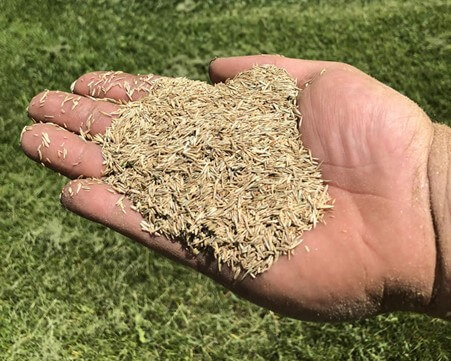
Yes, it will grow, but covering the seeds with mulch helps grass seeds stay moist and grow uniformly and healthily.
It is all your choice what kind of lawn you want to create!
Will Grass Seed Grow if It Is Just Thrown To The Ground?

Of course, grass seeds will grow if only thrown to the ground, but the germination rate would be much lower than the usual growth rate.
Once again, you decide what you want to do with your lawn.
If not covered with soil, the roots below will face difficulty establishing themselves and eventually might result in death.
You can never get the best results if you do not follow the necessary steps, as grass seeds need a lot of care beyond your or my imagination.
Your grass seeds will not germinate properly if not taken proper care of.
Factors to Consider Before Growing Grass Seed
1. Germination

Germination is the process of the development of a plant seed sprouting. The procedure may take 1 or 2 weeks to emerge.
In this process, seeds need a lot of care to germinate.
It needs the soil and the correct temperature required for germination. Moisture and heat are the two most essential points in this process.
Grass seeds will not sprout without a proper amount of water. Without proper topping with mulch, the seed might lose moisture in germination and dry out.
2. Choosing the Right Type of Grass Seed
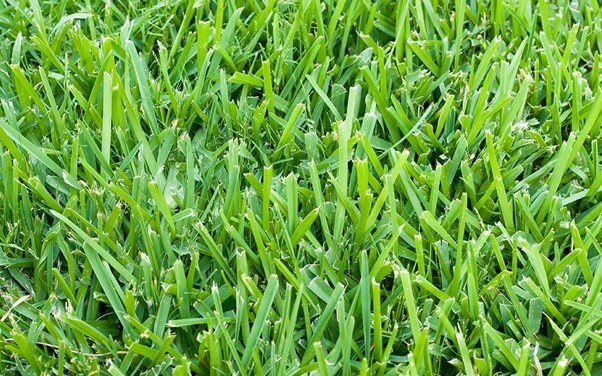
Choosing the right type of grass seed for your lawn is an essential activity to perform. There are various types of seeds found, just like the plants.
However, choosing the appropriate one for your lawn’s soil is difficult. The pH kit can be used in this case to buy seeds.
As all grass seeds are not equal, you need to keep in mind the temperature of your region before determining the right one for your lawn.
Tip – Do not go to buy cheaper seeds. Always prefer buying good quality seeds.
3. Lawn Dimensions

Reports say that the landowners apply more seeds and fertilizers than required in the lawn area.
Hence, knowing your property size is essential, let us say, to save costs.
4. Proper Timing
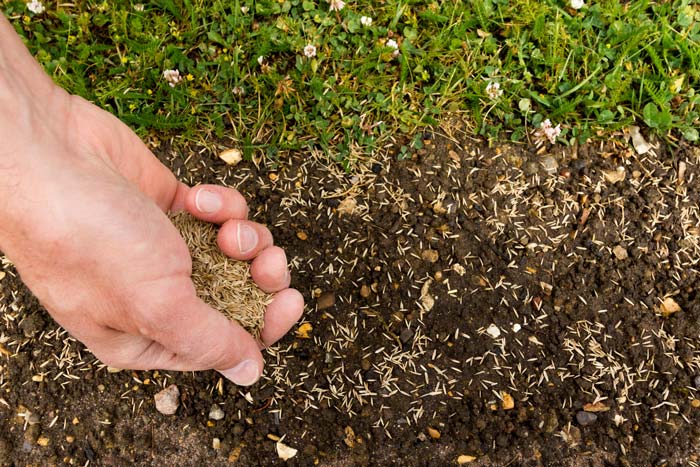
You cannot simply seed your lawn whenever you feel like it. There is the proper timing for everything because the timing has a more significant impact on the results.
Grass growth takes place in seasonal cycles. It may vary with the grass types and different regions’ temperatures.
Tip – Match the timing of germination along with the seasonal cycle for the best results.
The best results include less input of resources and maintenance.
That does not mean any maintenance at all!
5. Bird Food
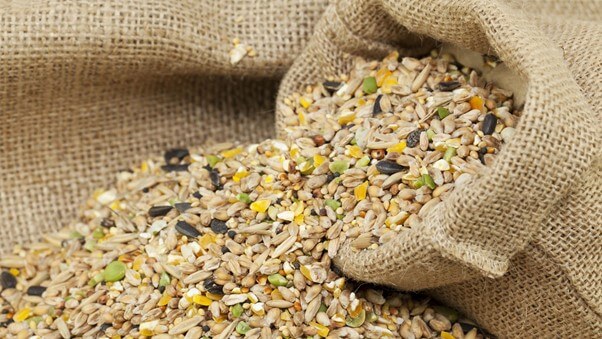
As mentioned above, never leave the grass seeds uncovered if you want a beautiful lawn.
Birds are very sharp in finding their food, and exposing the grass seeds might create a significant opportunity for them to find food for themselves.
Hence, covering the grass seeds is the wisest activity to perform.
Spending a lot of money on grass seeds is very disheartening, becoming someone’s lunch or dinner. Bird foods are a lot cheaper than grass seeds.
Tip – Buy bird food separately and make a place for the birds to drink and eat.
6. Rainfall

In heavy rainfall, grass seeds might get washed away along with the rainwater.
It takes around four weeks for the grass seeds to germinate. During that period, the roots do not grow, which can hold the seeds tight within themselves.
Hence, once it rains heavily, the rainwater drips the seeds easily.
7. Preparing the Backyard
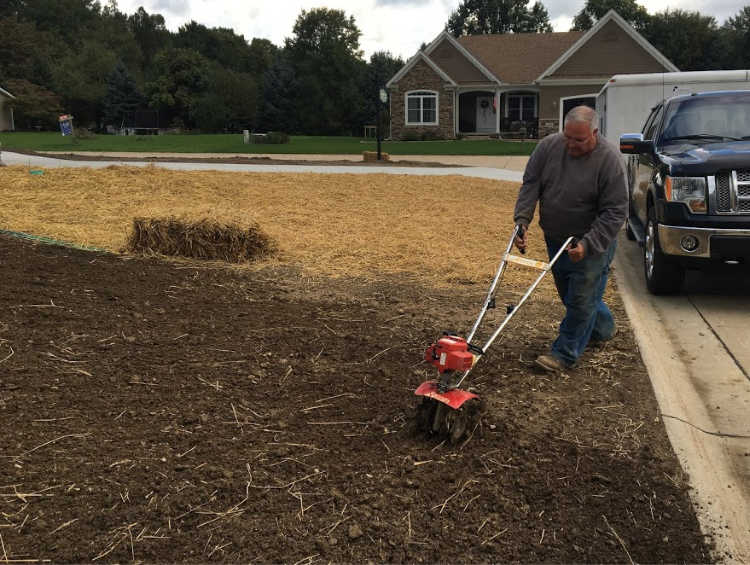
The pH of the soil should be checked, and it should range between 6.2 and 7.0. Inexpensive kits are available in the local markets. Also, it is available on Amazon:
- KNOW BEFORE YOU GROW | Grow the healthiest, sustainable lawn and garden with the most accurate and...
- FAST & ACCURATE | Unlike at-home pH meters and test strips, our mail-in professional lab analysis...
- FOR ANY GROWING SCENARIO | Tests any soil type and growing condition - lawn & turf, vegetable...
- SAVE TIME & MONEY | Stop applying products you don’t need. Learn exactly what products and amounts...
The kit will provide you with a complete analysis of the soil.
This analysis will help you to know what is good for the soil of your lawn. We often use costly fertilizers and various products without knowing whether they are required.
It is good to be cautious about your lawns, but there is no need to waste your valuable money.
You do not have to worry about buying the pH kits as those are not so costly and rare.
Loose soil allows better root development, eventually making it good for the grass seeds to grow.
8. Layering of The Grass Seeds
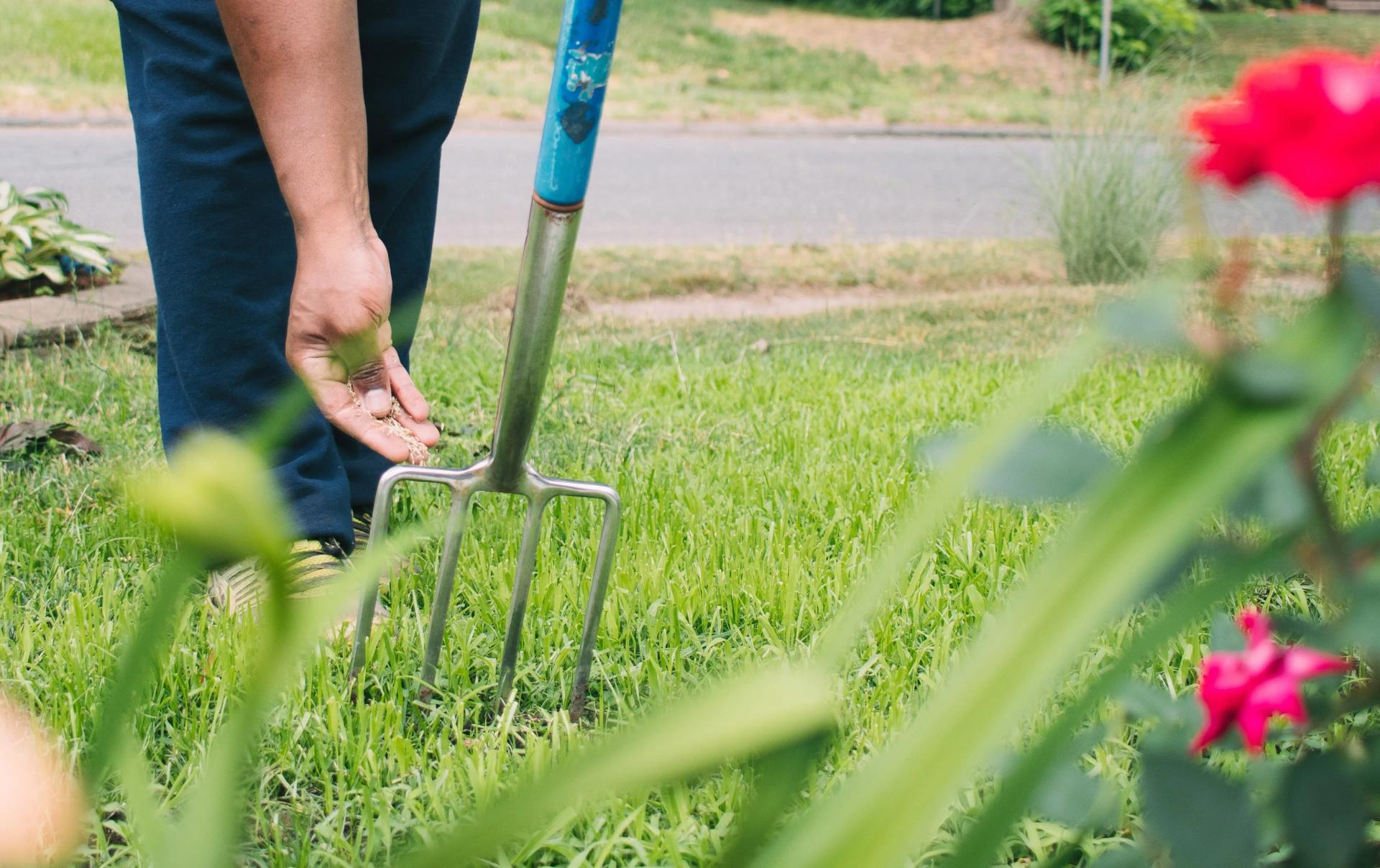
Looking for the easiest way to spread a layer above your grass seeds? Well, spread screened compost over the seeds and cover it up!
You can make compost or collect it from the nearby garden centers or nurseries. They can provide you with all sorts of garden-related items.
Compost is a decomposed organic material that improves the quality of the soil by maintaining the moisture content.
It is a natural fertilizer that causes no harm to the seeds. Protecting or covering the grass seeds with soil or mulch is not compulsory.
Compost can be used too, which is an absolute natural material and much healthier than any other item.
9. Straw Layering

The grass seeds can be covered with straw as well. It is a low-cost protector of the seeds and is very popular because it reduces one’s expenses for growing grass.
Tip – The top layer of the soil should be a loose one. Checking the health of the soil is essential every time with the usage of pH kits.
Broadcast the grass seeds and add the next layer of straw to the seedlings. It should be added loosely so air and light can pass through the grass seeds.
10. Lawn Roller

Lawn Rollers are very effective in firmly tamping the grass seeds into the soil.
It helps to create a better contact between the topsoil and the seeds. It ensures a perfect moisture content in the seeds for a longer time.
Lawn Rollers are available at Amazon
- NEW Easy-Turn Plug: Brinly Rollers now feature a new drum plug design, making filling and emptying...
- Push/Pull Combination: Convenient push or tow-behind design provides versatility for rolling tight...
- 28 Gallon Capacity: Sturdy roller holds up to 28 gallons (270 lbs.) of water or sand and is both...
- Durable Construction: Sturdy poly roller drum won't dent or rust, and resists weather damage for use...
In case you cannot afford to buy a lawn roller, you can go for an oversized doormat because doormats are available at every house.
It will not cost you anything extra. Just put the doormat on the ground and lift and drag an end to the other end of your lawn.
Of course, it is less beneficial, but still, you can use it for the job.
Final Thoughts
In conclusion, creating and maintaining a lush, healthy lawn involves more than just scattering grass seeds.
To achieve the best results, it’s crucial to understand and implement proper lawn care techniques.
Covering the seeds with mulch or compost is essential to protect them from birds and ensure uniform growth.
Your region’s climate and soil pH should inform the choice of grass seeds, which can be tested with readily available kits.
Timing is key; seeding should align with the natural growth cycles of your chosen grass type.
Additionally, while DIY methods can be effective, there are times when professional assistance might be necessary, especially when dealing with chemicals and advanced lawn care techniques.
Regular maintenance, including proper watering and mowing, plays a significant role in the health of your lawn.
Following these guidelines, you can create a beautiful and sustainable lawn that enhances your outdoor living space and contributes positively to the environment.



